Almost everything about Jumilla
Jumilla starts here
To understand Jumilla, you have to start in Fuente-Alamo. This working class agricultural town straddles the two regions of La Mancha and Jumilla. It also gives a vantage point to look at the whole region in perspective. From here, particularly from the vineyards of Bodega Cerron where 100 year old vines of Monastrell brave the winds, you see the valley extending south towards the bowl of the valley and the mountains beyond which the town of Jumilla itself lies.
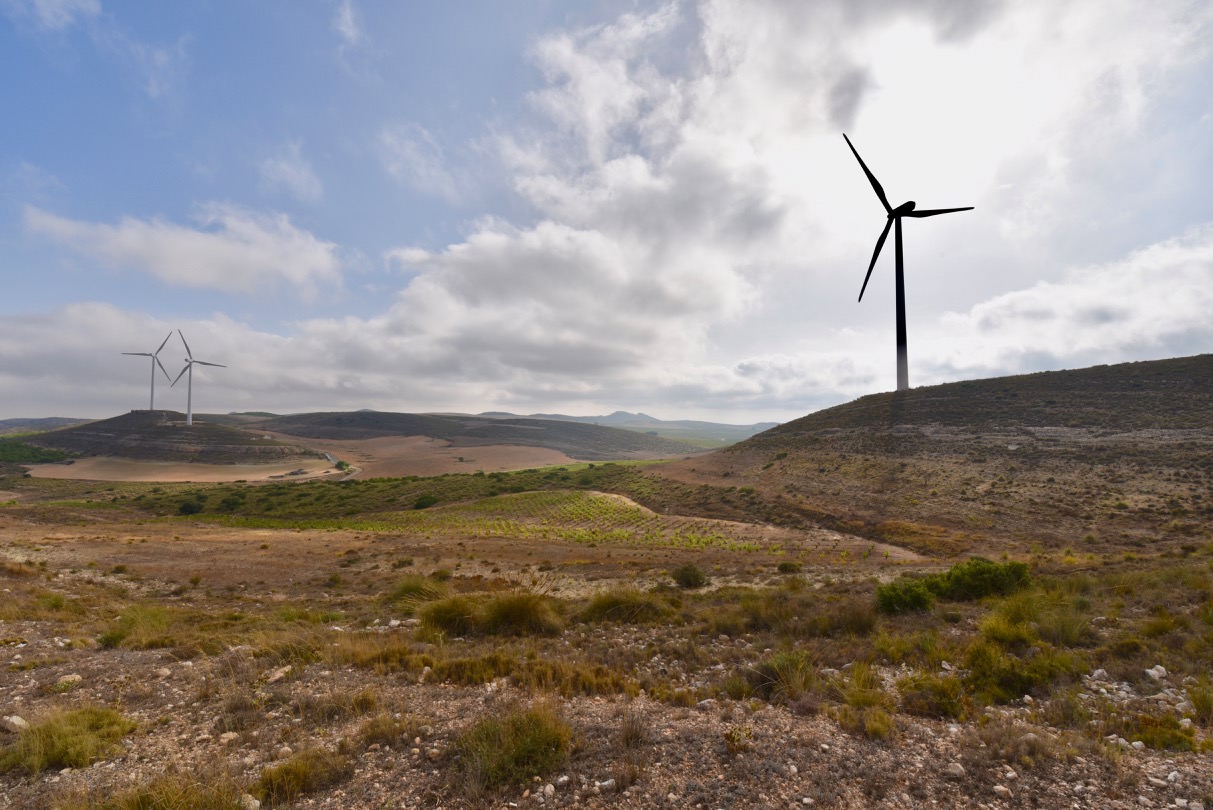
High country
This is high country. The days can get scorching but nighttime temperature plummet. In this bipolar variation of temperatures, the vines can thrive to produce some of Spain’s powerful and interesting wines. It can get so hot here, that we easily forget that the Mediterranean is only 30 miles away as the crow flies.
The town of Jumilla is towards the south eastern edge of Fuente-Alamo. It forms the bench land of the Segura river. The town itself is undeniably built around wine and around one grape really – Monastrell.
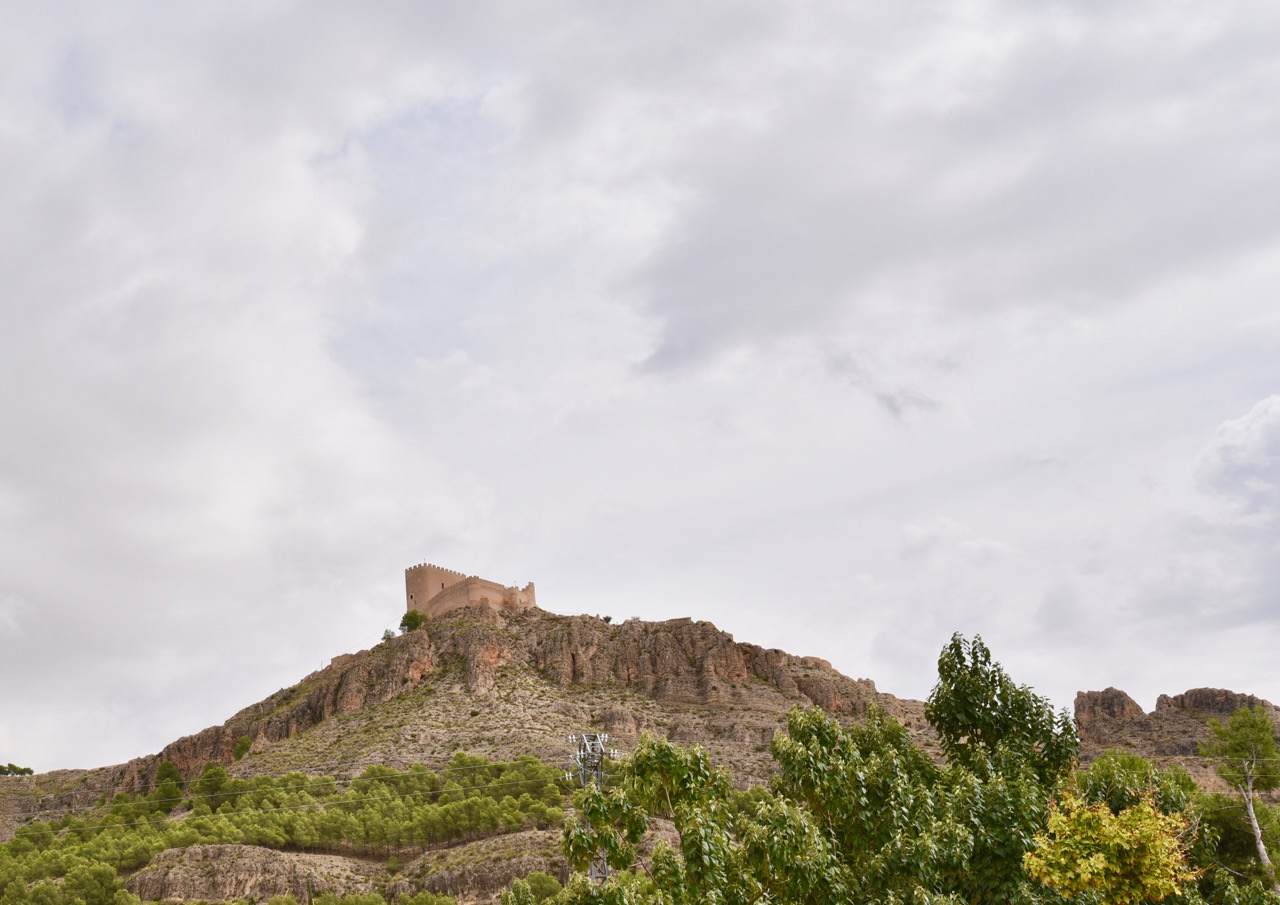
Monastrell
Monsatrell is another name for Mourvedre which is also called Mataro in some parts. Although, Monastrell is the key grape here, a wine does not have to be Monastrell to earn the DO of Jumilla. Cabernet Sauvignon, Syrah, Grenache and Tempranillo do well here. While Airen is the traditional white wine here, Chardonnay does well in the northern region.
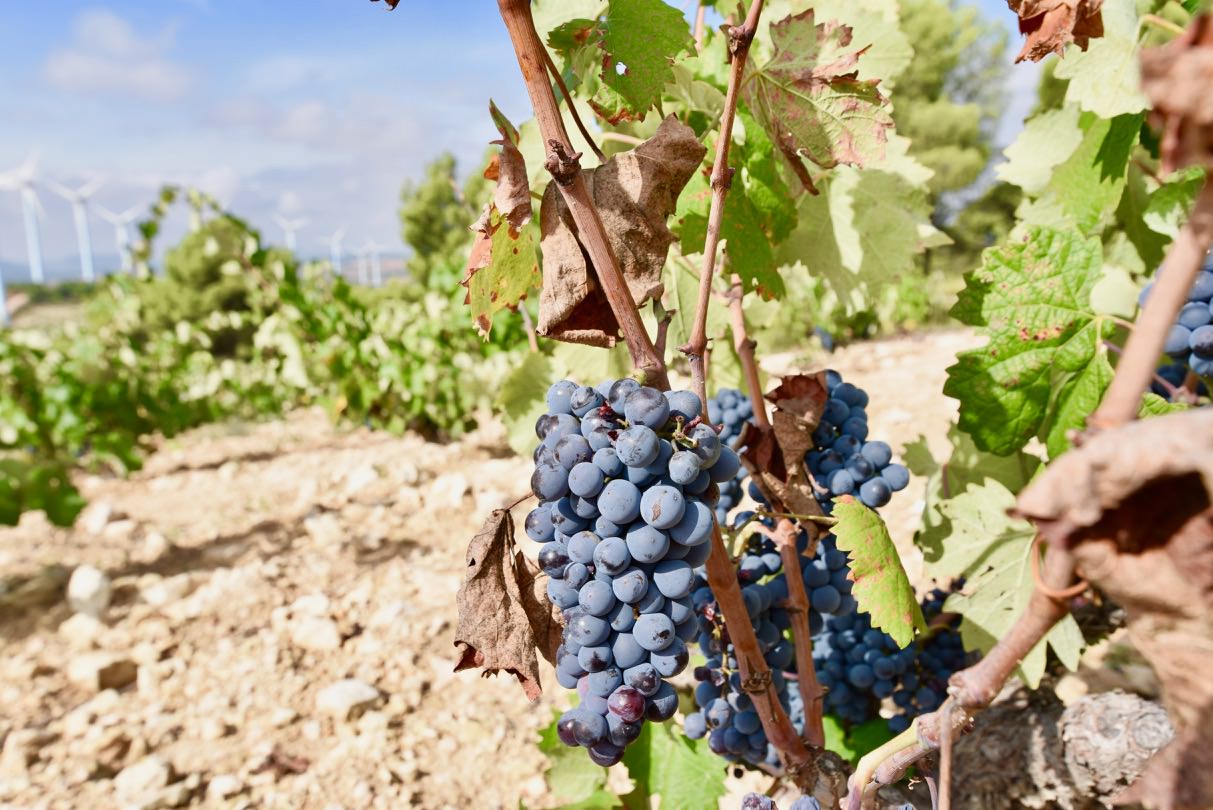
A Cab lover’s grape
Monastrell is a pretty much an in your face wine.
It asks you to dare. It asks you if you want to tangle with it. In these hot parts, where the alcohol can easily creep up in the wines, that is a daring proposition. Yes, this is a full bodied wine. Pour it to your friend who likes a big Cabernet and he/she won’t complain. At all.
The expression of Monastrell can be very diverse. The mineral, crushed stone and flowers version from the north to the fruit and jam in the south. It drinks well as a young wine and responds remarkably well to oak as well as clay amphoras. We also tried a passito style dulce wine that was stunning. The amazing thing is that they also offer great values. Like I said, this is a Cab lover’s wine. You owe it to yourself to try a good Monastrell.
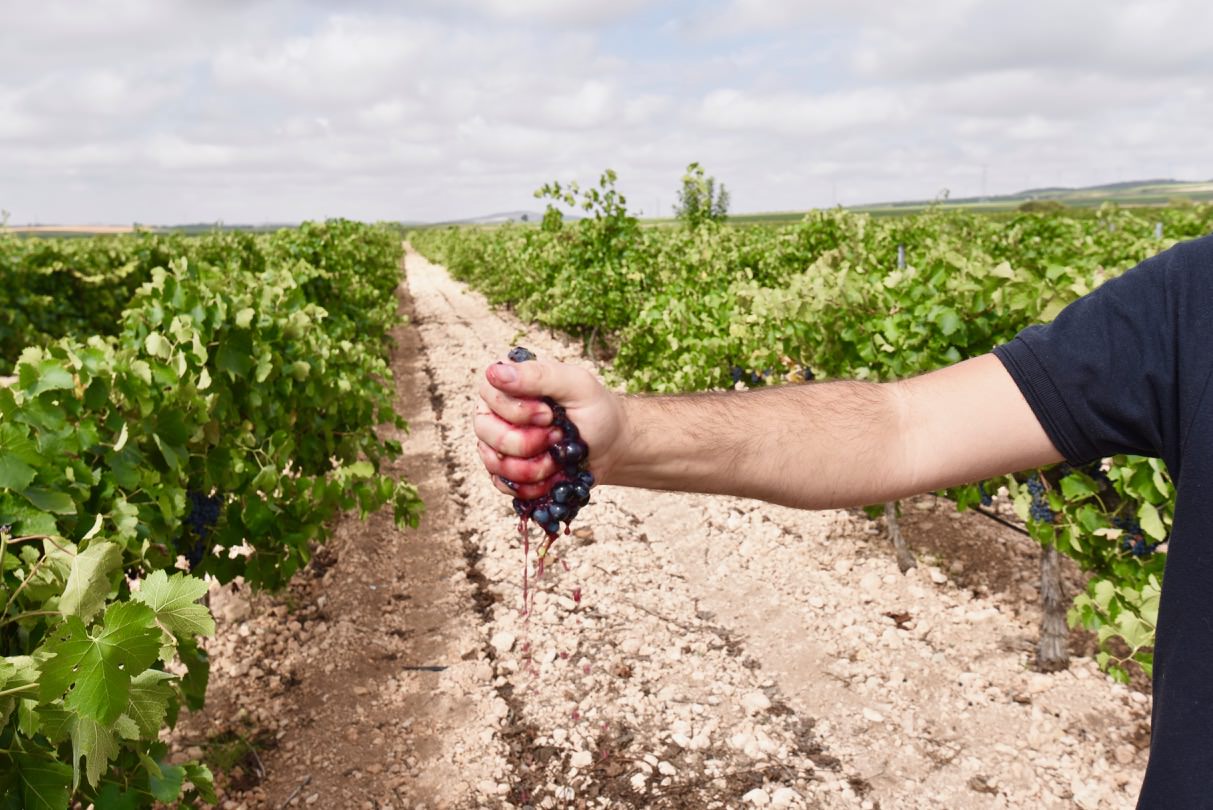
All in the stones
But the thing that defines Jumilla more than La Mancha is limestone. La Mancha is terroir where clay dominates. If you get to visit the winery of Bodega Cerron at the foothills of La Muela, you should go see The Cave. They store their amphoras here to age the wines. Here, a wall is exposed against the hillside which shows the layers of clay, limestone and packed chalk. The wines benefit from all these three stratas of soils.
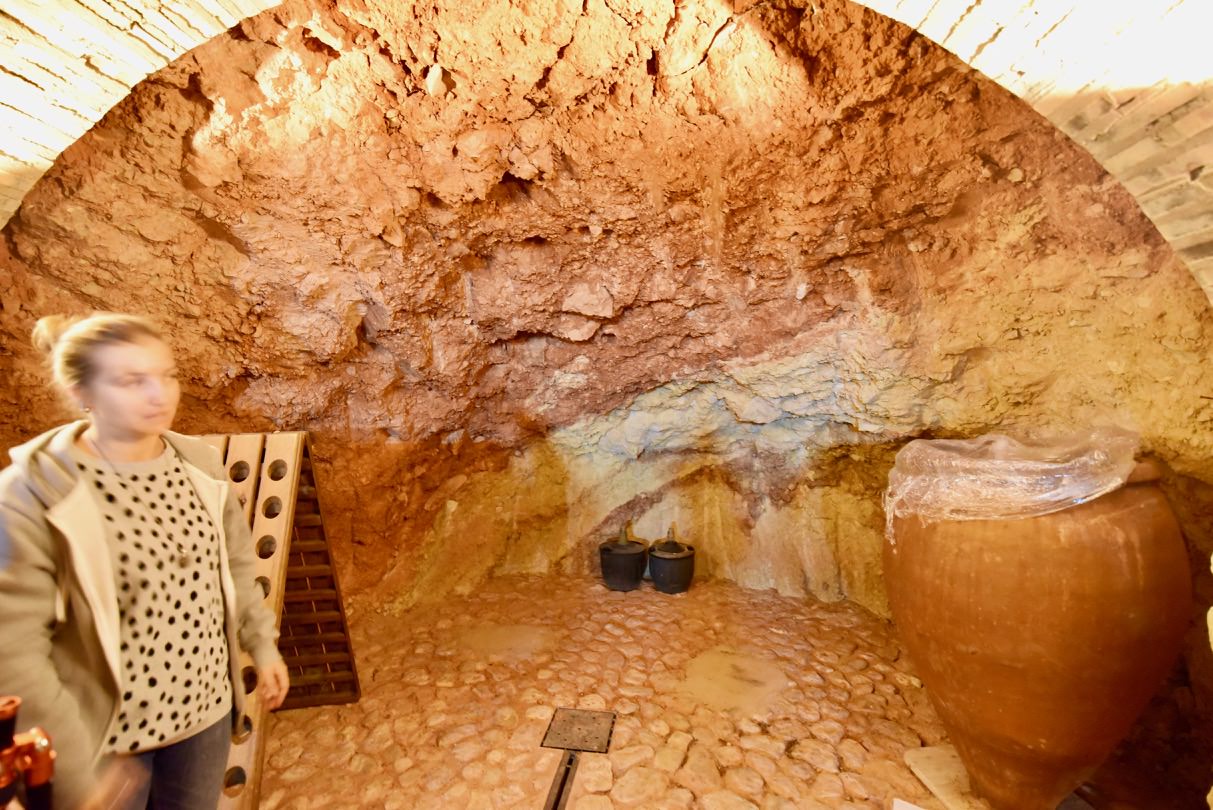
More than Monastrell
Jumilla is also more than just Monastrell. Syrah, Cabernets, Merlots and Chardonnays do well here, particularly towards the north. The Petit Verdot from Bodega Cerron makes an excellent case why more of it should be tried around Fuente-Alamo. More on Bodega Cerron winery and their unique approach to wines later.
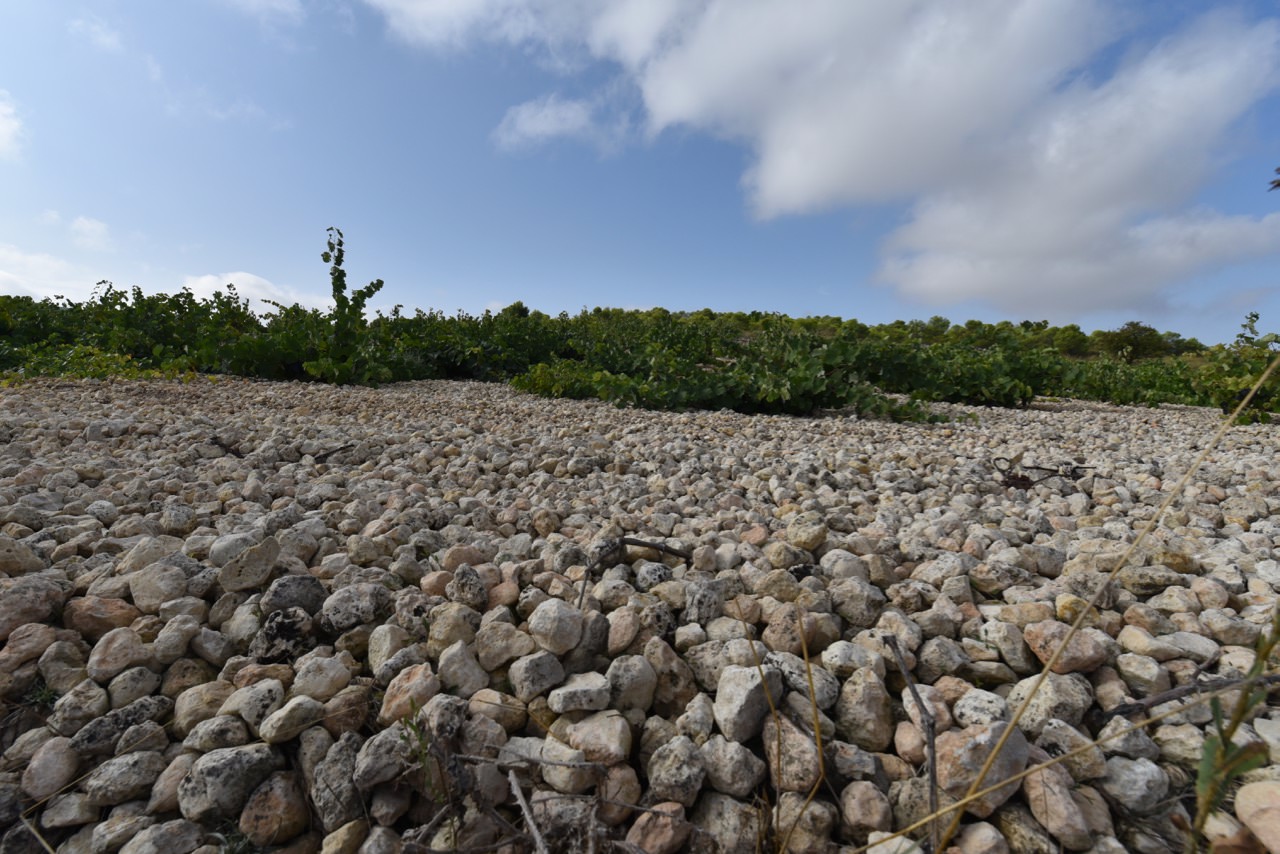


Facebook Comments